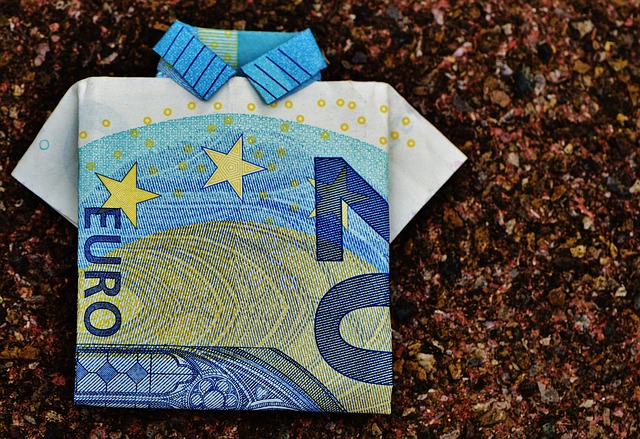When diving into the world of photography, mastering composition techniques can dramatically transform your ability to create captivating images. Understanding how to effectively use your camera and the optics involved can elevate your photos from ordinary snapshots to breathtaking works of art. Composition is not merely about the arrangement of elements within a frame; it’s about conveying emotion and storytelling through your lens.
One of the most cherished techniques in photography is the rule of thirds. This technique involves dividing your frame into a grid of nine equal sections, where crucial elements of your photo are placed along the lines or their intersections. This method draws the viewer’s eye into the image and creates a sense of balance, making the photograph more engaging. When you utilize this technique, you’re not just capturing a moment; you’re creating a visual narrative that resonates with your audience.
As you venture further into composition techniques, consider exploring leading lines. This technique serves as a powerful way to guide the viewer’s eye deeper into the image. Roads, rivers, or architectural features can lead from the foreground to the background, creating depth and drawing attention to the focal point. It evokes a journey through the image, inviting viewers to connect with the scene on a deeper level.
Another technique worth mastering is framing. By using elements within your setting to create a frame around your subject, such as branches or arches, you can add depth and context to your photographs. This approach encourages the viewer to peek into a world, enhancing the story you’re telling through your lens.
Light plays an integral role in photography. Understanding how to manipulate and harness natural light is a crucial technique every photographer should familiarize themselves with. The golden hour—shortly after sunrise or before sunset—provides soft, diffused light that can lend a magical quality to your photos. Experimenting with backlighting, silhouettes, and shadows can yield stunning results, transforming an average scene into a striking visual experience.
Additionally, incorporating negative space into your composition can create a sense of simplicity and focus. By allowing empty space to surround your subject, you can evoke feelings of isolation, freedom, or reflection. This technique invites the viewer to contemplate the subject matter without distraction, enhancing the emotional impact of your image.
Technical proficiency with your camera is equally crucial. Understanding the relationships between aperture, shutter speed, and ISO will empower you to make thoughtful decisions that align with your artistic vision. Experimenting with these settings can help you achieve the desired effect, whether you’re capturing fast-paced action or still life. The beauty of photography lies in its versatility, and mastering these techniques allows you to express yourself in diverse ways.
Lastly, never underestimate the power of practice. The more you engage with your camera, the more intuitive these techniques will become. Set aside time to explore different environments and lighting conditions. Join photography communities, participate in critiques, and don’t be afraid to step outside your comfort zone. Each photo you take is a learning opportunity—a chance to refine your composition skills and discover your unique style.
In wrapping up, mastering techniques in photography isn’t merely about learning the basics; it’s about developing a deeper understanding of how all these components interconnect. With every click of your shutter, you have the potential to make a lasting impression through thoughtfully composed images that reflect your personal vision and creativity.



